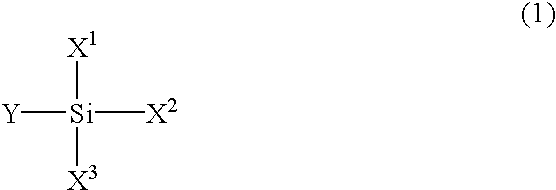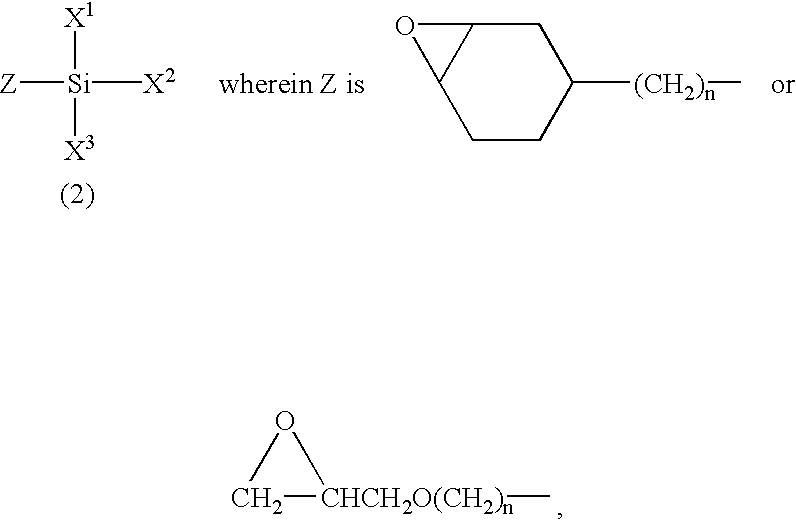Method of producing fuel hose and fuel hose obtained thereby
a technology of fuel hoses and hoses, which is applied in the direction of synthetic resin layered products, insulation conductors/cables, other domestic articles, etc., can solve the problems of insufficient thermoplastic resin outer layer and insufficient adhesive strength between tubular fluororesin inner layer and adhesive strength, and achieve superior initial adhesive strength, improved adhesive strength, and improved adhesion strength
- Summary
- Abstract
- Description
- Claims
- Application Information
AI Technical Summary
Benefits of technology
Problems solved by technology
Method used
Image
Examples
example 2
A fuel hose was produced in the same manner as EXAMPLE 1 except that a 0.1% by weight acetic aqueous acid solution (pH=4.+-.0.2) was used, as shown in the following Table 1, instead of the pure water (pH=7) of EXAMPLE 1.
example 3
A fuel hose was produced in the same manner as EXAMPLE 1 except that an aqueous solution of 1% by weight silane coupling agent (A) in pure water (pH=7) was used, as shown in the following Table 2, instead of the pure water (pH=7) of EXAMPLE 1. In addition, the application amount (excluding aqueous solution) of the silane coupling agent was 3.times.10.sup.-7 g / cm.sup.2 based on a plasma-treated peripheral surface of the tubular fluororesin inner layer.
example 4
A fuel hose was produced in the same manner as EXAMPLE 3 except that the silane coupling agent (B) was used, as shown in the following Table 1, instead of the silane coupling agent (A) of EXAMPLE 3.
PUM
| Property | Measurement | Unit |
|---|---|---|
| pH | aaaaa | aaaaa |
| thickness | aaaaa | aaaaa |
| thickness | aaaaa | aaaaa |
Abstract
Description
Claims
Application Information
 Login to View More
Login to View More - R&D
- Intellectual Property
- Life Sciences
- Materials
- Tech Scout
- Unparalleled Data Quality
- Higher Quality Content
- 60% Fewer Hallucinations
Browse by: Latest US Patents, China's latest patents, Technical Efficacy Thesaurus, Application Domain, Technology Topic, Popular Technical Reports.
© 2025 PatSnap. All rights reserved.Legal|Privacy policy|Modern Slavery Act Transparency Statement|Sitemap|About US| Contact US: help@patsnap.com



